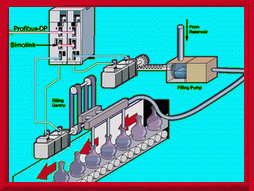

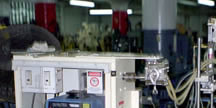 |
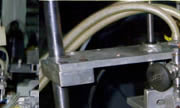 |
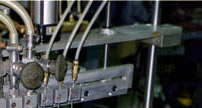 |
|
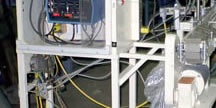 |
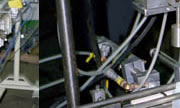 |
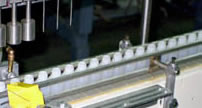 |
|
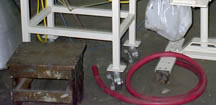 |
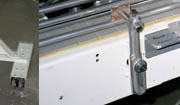 |
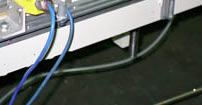 |
Pump type fillers work just like the Piston Type Filler, in that these type can also do a volumetric fill as well. However instead of using the suction of an empty piston chamber to draw in the required volume of product prior to discharge, the pump filler merely runs for a set time programmed into its control system to achieve the appropriate volume of liquid product needed.
The big advantage of pump type fillers is that they can accommodate a wide variation in target volumes without having to change machine parts whereas on piston fillers one might have to switch to a different size piston. Also, the pump filler can be hooked up to a weigh sensor system quite easily and be used to fill a container by weight instead of volume.
The draw back of pump fillers is that all liquids when flowing have an abrasive slurry effect over time. Over time this starts to wear out the clearances between the impeller or pump vanes and the housing or casing thus changing the flow characteristics of the system. An example of just how powerful the abrasive effects can be if not compensated for would be to look at the Grand Canyon, which was built by the effect of flowing water.
The machine you see above is an Oden Pro-Fill machine. I had to fix the electric system to work with the photo eyes placed along the conveyor to detect and count the incoming and out going bottles.